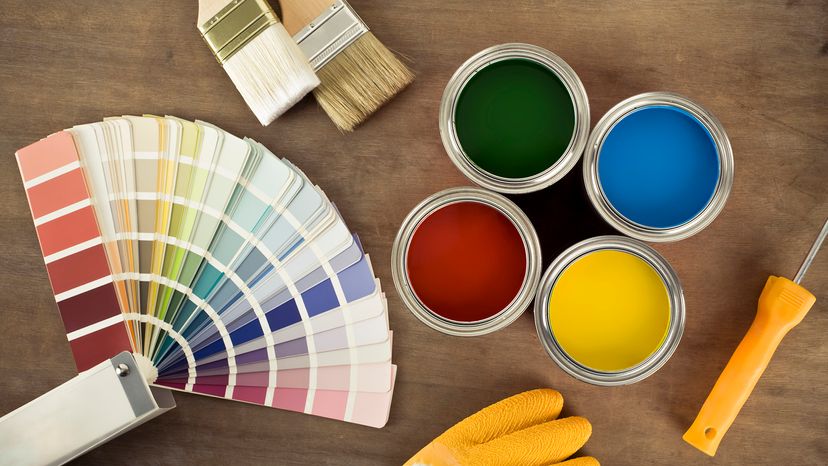When tackling a painting project, it's crucial to consider the specific demands of the surface and the environment. While latex and acrylic paint are versatile, sometimes a project requires a more specialized approach.
This is where specialized paints come into play, each designed to meet unique challenges and provide optimal performance for specific applications. From surfaces that endure heavy wear to those needing unique aesthetic touches, there's a specialized paint for every need.
Alkyd Resin Paint
Alkyd resin paints, an oil-based paint option, are renowned for their durability and smooth finish. They're particularly suitable for trim, doors and areas subject to heavy use. However, they require more ventilation and longer drying times.
Rubberbase and Textured Paints
For specific applications like concrete surfaces or achieving a stucco-like finish, specialized paints like rubberbase and textured paints come into play. They offer unique properties like waterproofing and the ability to cover imperfections.
Dripless Paint
Dripless paint, a variant of alkyd resin paint, is engineered to be thicker than traditional paints, reducing drips and spills during application. This makes it an ideal choice for ceilings and high surfaces, ensuring a clean, efficient painting process.
However, it's important to note that its thickness might require more effort during application.
One-coat Paint
One-coat paint, as the name suggests, is designed to achieve the desired color and coverage in just a single application. This type of paint is infused with additional pigments, making it more opaque than standard paints.
It's particularly useful for painting over similar or lighter colors, or when time constraints demand quick completion of a project.
Acoustic Paint
Acoustic paint is tailored for surfaces where sound absorption is crucial, like acoustic ceiling tiles. This paint type maintains the acoustic properties of the surface while refreshing its appearance.
When applying acoustic paint, using a sprayer can be more effective than a roller to preserve the surface's sound-deadening qualities.
The Role of Primers in Painting
Primers are essential in preparing surfaces for painting, ensuring better adhesion of the paint and longevity of the finish. They are particularly important when dealing with porous surfaces, drastic color changes, or when switching from oil-based to water-based paints.
- Latex primers: Ideal for most interior surfaces, these primers are compatible with both acrylic and latex paints. They offer a smooth base, ensuring even paint application.
- Oil-based primers: Best for blocking stains and preparing surfaces that will be painted with oil-based paints. They are suitable for wood, metal, and areas prone to moisture.
